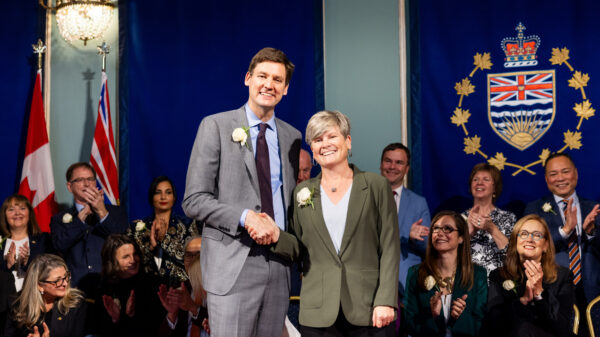On Wednesday, March 27, residents across the city joined together to walk 14.5km across Vancouver for Welfare Justice. The walk was organized by the Raise the Rates coalition to highlight the need for a significant increase in welfare rates as well as a comprehensive anti-poverty plan in the lead-up to the provincial election this May. The walk commenced at Christy Clark’s office on West 4th Ave in Kitsilano and ended almost 8 hours later outside Adrian Dix’s office at the Joyce Street skytrain station.
Homeless Dave joined the walk for Welfare Justice on the sixth day of his hunger strike against displacement and gentrification. Welfare and housing are intimately connected and as Vancouver's low-income housing stock erodes, people on income assistance are being hit the hardest. In 2012 alone, 426 SRO units in the DTES became unaffordable for people on welfare. A recent article by Seth Klein shows that despite government press releases, the actual increase in the social housing stock in BC has been negligible since 2006.
While shelter and food costs have inflated significantly, welfare rates have remained virtually unchanged. The welfare rate in BC of $610 is used to cover all living costs. After rent is paid this leaves approximately $26 a week for food -- assuming rent costs are below $500, less than half the average rent for a 1-bedroom apartment in Vancouver.
For a person forced to live on welfare, their total annual income sums up to a meager $7,320, well below BC’s poverty line of $19,342. In the math of basic survival, the numbers simply don’t add up for the 135,714 people currently living on welfare in BC.
A year ago, Jagrup Brar, NDP MLA for Surrey Fleetwood, took on and completed the welfare challenge. The question posed by the welfare challenge was, “Can you live on $610 for a month?” The answer was no and as a result of taking the challenge, Brar lost 26 pounds off his body. A year later welfare rates have not changed and $610 is still impossible to survive on. The same story is true for families on income assistance for people with disabilities.
At the start of Walk for Welfare Justice, participant Herb Varley also called for the end to the five-week wait period for the first welfare cheque. The five-week wait makes sure that most of its recipients have become homeless by the time they receive it, making job searching considerably more difficult if not impossible. In the case of disability, the application is long and arduous and many applicants end up waiting for years.
While stagnant welfare rates have deepened the poverty of the poorest in BC, the rich have enjoyed considerable tax cuts since 2001, amounting to $41,000 per capita each year for the top 1%. As a result, the province is experiencing widening inequality and today BC has the largest gap between the bottom 20% and the top 20% of income earners in Canada. Poverty is also more concentrated in specific populations: First Nations people, people with disability, recent immigrants and women are significantly more likely to experience poverty. Yet many of those most in need are being denied income assistance and paperless immigrants are outright excluded from receiving support. The need to raise the rates and eliminate arbitrary barriers to accessible welfare could not be greater.
When marchers finally arrived at Adrian Dix’s office in East Vancouver, the aspiring premier listened to a short presentation by members from the Raise the Rates coalition. When asked to respond, Dix said that his party has not yet announced its position on poverty. He stated that the marchers would have to wait until later in May and added that they “may or may not like” the NDP’s official platform.
Photo credit: p0stcap
















tf
April 1, 2013 at 4:23 pm
Thank you so much for posting this article and the photos.
I'm proud of all those who walked, stood up, and spoke for what they believe is the right thing to do.
Let's trust that the NDP hear them and take action.